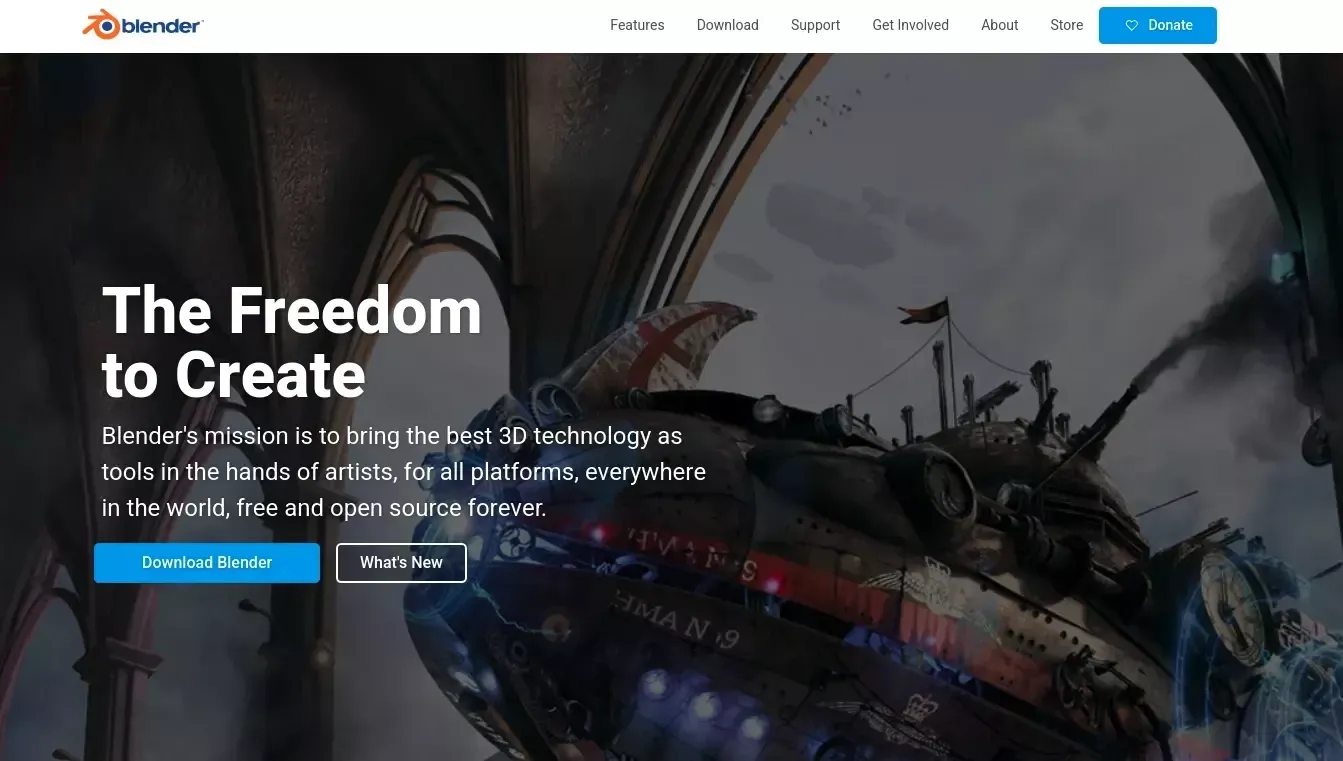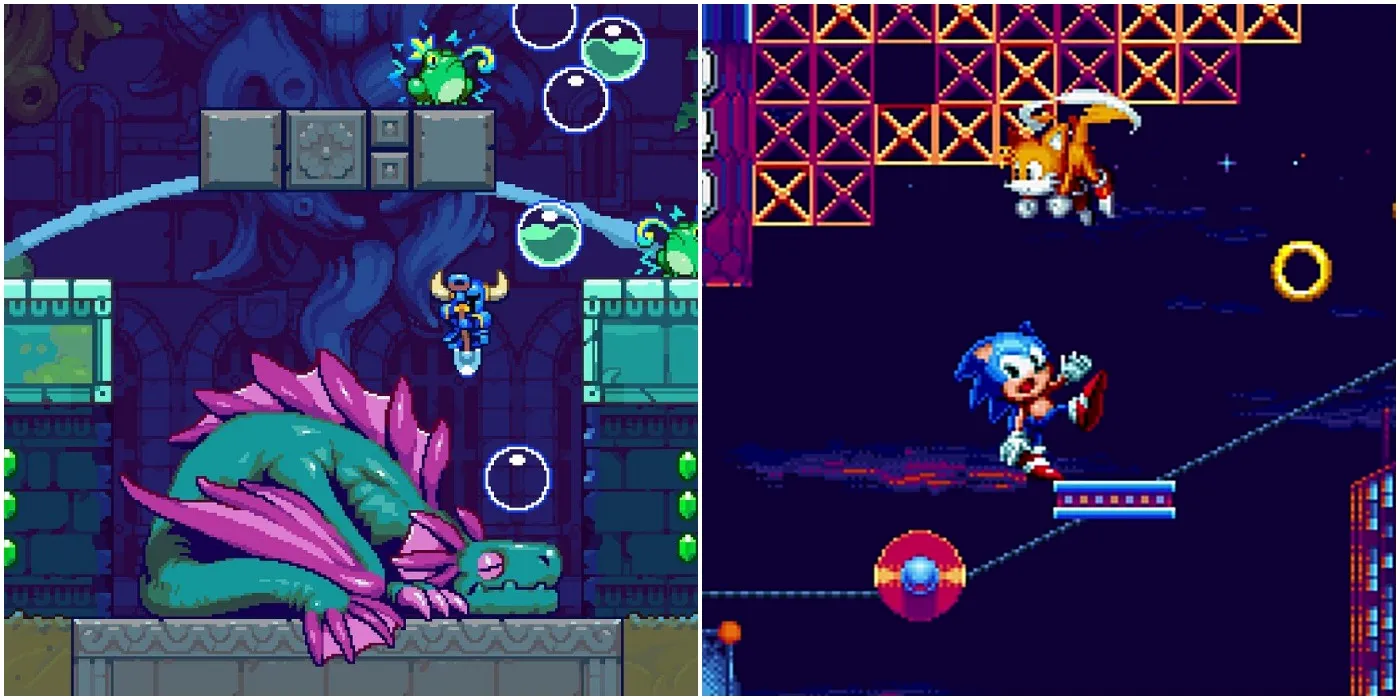
When it comes to creating successful video games, a key aspect that developers must focus on is designing endgame content that feels satisfying for players. Endgame content is the culmination of a player’s journey through a game, where they have completed the main storylines and are looking for new challenges and rewards to keep them engaged.
In order to create endgame content that feels satisfying, developers must take into consideration a number of factors, such as player progression, difficulty, rewards, and replayability. By carefully crafting endgame content that caters to these elements, developers can ensure that players will continue to have a rewarding and enjoyable gaming experience long after they have completed the main storyline.
One of the most important aspects of designing endgame content is player progression. As players progress through a game, they become more skilled and knowledgeable about the mechanics and strategies involved. This means that endgame content should reflect this progression by offering challenges that are more difficult and complex than those encountered in the main game. By ramping up the difficulty level in endgame content, developers can ensure that players are constantly being challenged and engaged.

Another key factor in designing satisfying endgame content is the rewards that players receive for completing challenges. Rewards can come in many forms, such as new gear, weapons, cosmetics, or in-game currency. These rewards should be valuable and desirable to players, as they provide an incentive for completing difficult challenges and encourage players to continue engaging with the game. By offering meaningful rewards minecraft server hosting modded, developers can ensure that players feel a sense of accomplishment and satisfaction when completing endgame content.
Replayability is also an important consideration when designing endgame content. Players should have the opportunity to replay endgame content multiple times in order to continue challenging themselves and earning rewards. By incorporating a variety of challenges and activities into endgame content, developers can ensure that players will have a reason to keep coming back to the game long after they have completed the main storyline. This can help to extend the longevity of a game and keep players engaged for months or even years after its release.
In addition to player progression, rewards, and replayability, it is also important for developers to take into account the overall player experience when designing endgame content. Endgame content should be engaging, immersive, and well-paced, with a good balance of challenge and reward. By creating a satisfying and enjoyable endgame experience, developers can ensure that players will feel motivated to continue playing and exploring the game long after they have completed the main storyline.
In conclusion, designing endgame content that feels satisfying is a crucial aspect of creating successful video games. By carefully considering player progression, rewards, replayability, and overall player experience, developers can ensure that their endgame content will keep players engaged and entertained for the long haul. By putting in the time and effort to craft engaging and satisfying endgame content, developers can create a gaming experience that is truly memorable and rewarding for players.

